Shrimp growth, immunity and resistance to the harmful fungi found on plants and in water improved with β-1,3 glucan supplementation
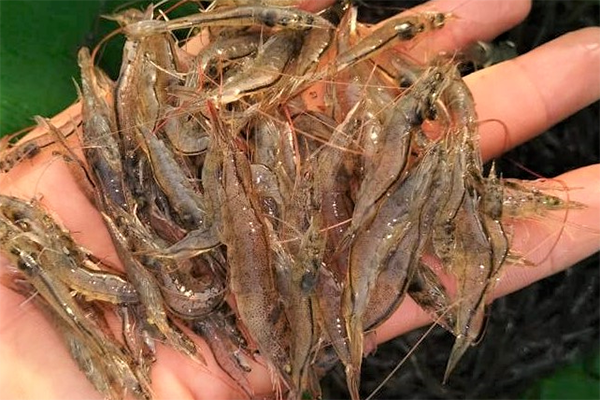
The Pacific white shrimp (Litopenaeus vannamei) is the most significant shrimp species farmed in most shrimp farming countries, including Egypt. Among various diseases that affect this species under culture conditions is the black spot disease (BSD) caused by the fungus Fusarium spp., considered a major concern in shrimp-producing sectors.
Fusarium spp. are widespread fungi commonly found on plants, in soil, freshwater and brackish water. They can cause several diseases in plants and animals, resulting in decreased crop yields, lethal mycotoxins and disease emergence. L. vannamei is highly susceptible to BSD, with most naturally infected shrimp having black gill symptoms and serious tissue damage with high mortality. The pathogenic fungus Fusarium solani also affects a wide range of cultured shrimp, including the green tiger shrimp (Penaeus semisulcatus) in Israel, the Kuruma shrimp (Marsupenaeus japonicus) in Japan, and the Pacific white shrimp in China.
Prebiotics (non-digestible foodstuffs found in the digestive tract that stimulate growth or development of beneficial bacteria and thereby improving the intestinal balance of the organism) are effective in preventing various infections from spreading during shrimp culture operations, as well as having the ability to increase growth efficiency, innate immunity and disease resistance. Prebiotics also improve the host’s ability to absorb nutrients and to boost the performance of probiotics in the form of synbiotics (food ingredients or dietary supplements combining probiotics and prebiotics in a form of synergism) during growth in the digestive system. Among these, fructooligosaccharides (FOS) and β-1,3 glucan are promising prebiotics that have demonstrated their immunomodulation activity in several species.
This article – summarized from the original publication (Eissa, E-S.H. et al. 2023. Potential Symbiotic Effects of β-1,3 Glucan, and Fructooligosaccharides on the Growth Performance, Immune Response, Redox Status, and Resistance of Pacific White Shrimp, Litopenaeus vannamei to Fusarium solani Infection. Fishes 2023, 8(2), 105) – reports on a study that investigated the potential effects of dietary supplementation with β-1,3 glucan and fructooligosaccharides (β-1,3 GF) on antioxidant activities, immunological response, and growth performance of Pacific white shrimp.
Study setup
The study was carried out at a private shrimp farm in Damietta, Egypt, where 360 L. vannamei juveniles (3 ± 0.5 grams for 75 days) were reared at 22 ppt salinity in a rectangular pond fitted with 12 identical hapas (netting enclosures). Shrimp were randomly distributed into 12 net enclosures at a density of 30 shrimp per net and the 75-day experiment was performed in triplicate.
The shrimp were fed four iso-energetic and iso-nitrogenous experimental diets with different levels of β-1,3 GF (0, 0.5, 1.0 and 1.5 grams per kg) were fed to the shrimp, with three replicates per treatment. The animals were fed twice daily at a rate of 6 percent of their body weight. The shrimp were weighed in bulk every two weeks and the feeding amount adjusted accordingly. All water quality parameters were maintained close to the permissible levels for shrimp culture.
For detailed information on the experimental design, animal husbandry and diet preparation; and sample and data collection and analyses, refer to the original publication.
Results and discussion
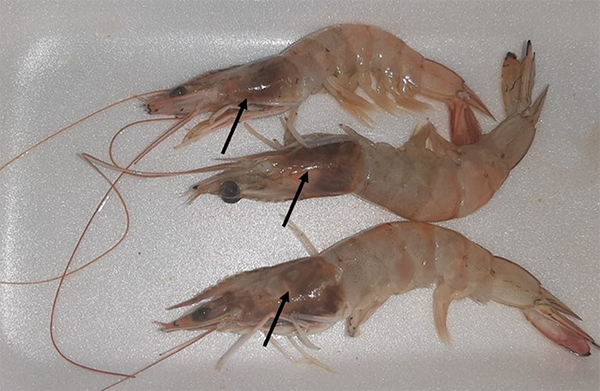
Prebiotics are widely regarded as one of the most important and practical dietary supplements for sustainable shrimp farming. Incorporating synthetic prebiotics into shrimp meals is now one of the most widely used alternative disease control and preventive strategies in aquaculture. However, their efficacy may vary depending on the species, dosage, and synergism of the combined compounds. In this study, β-1,3 GF enhanced the growth performance and feed utilization of L. vannamei at an inclusion level of 1.5 grams per kg. Additionally, animals had much lower feed conversion and higher weight gain than the control. These findings were in accordance with earlier findings that revealed that the feeding of β-glucans augmented the growth and feed utilization of Pacific white shrimp, red sea bream and tilapia. It is believed that the growth-enhancing impact of this compound could depend on its concentration, solubility and structures, as well as the examined species.
In aquaculture, β glucans and fructooligosaccharides are one of the main prebiotics mostly selected to be integrated with probiotics. Several studies have elucidated the positive influence of both compounds on the gut microbiota and have definitively verified their roles as growth promoters in aquaculture. The principle of prebiotics is that these compounds are degraded to their respective sugars in the shrimp gut and used by beneficial bacteria as carbon sources.
The significant increase in the activities of digestive enzymes in L. vannamei fed on β-1,3 GF suggests that the prebiotics may encourage the growth of endogenous probiotic bacteria, followed by an increase in the secretion of exogenous hydrolytic enzymes in the shrimp, which improved the digestion of ingested foods.
The intestinal microbiota is essential for many physiological and nutritional processes because it lowers the loss of digesting enzymes, enhances their activity and fosters growth. The digestive gland of shrimp has enzymes (glucanases) that may break down the glucose polymer-glucan to release energy and turn glucose into glycogen. Shrimp can obtain energy by digesting glucan through this mechanism, which enables quicker growth. And gut bacteria of the genera Bifidobacterium and Lactobacilli selectively digest the oligosaccharide FOS, which promotes the growth and activation of these bacteria’s metabolic processes. This enhances the prebiotic property of FOS and benefits the host’s health.
Regarding antioxidants and immunity biomarkers, our data show the main role of β-1,3 GF as a potential antioxidant due to its high phenolic compound content, which is likely responsible for its potent antioxidant activity. Our results were in agreement with those from other researchers who reported that dietary inclusion of β-glucans and other oligosaccharides could mitigate and improve shrimp antioxidant enzymes and innate immune parameters.
Shrimp circulating hemocytes (immune effector cells involved in cellular defenses; in shrimp, carried in their blood, or hemolymph) are the main sources of lysozyme (an antimicrobial enzyme produced by animals that forms part of the innate immune system). Hence, the surge in hemocytes in this study was concomitant with elevated lysozyme activity, which has also been reported in other studies. Our data showed that there was a remarkable improvement in lysozyme and respiratory burst activities (the rapid release of reactive oxygen species) from different types of cells) of shrimp hemocytes following supplementation with β-1,3 GF in comparison with the control diet group.
Assessment of hematological profiles is an essential tool for shrimp health evaluation. Hemocytes are critical components of cellular defense. In crustaceans, a lower number of circulating hemocytes corresponds well with decreased susceptibility to infections. With regard to hematological profiles in this study, total hemocyte values were proportionally increased as the level of β-1,3 GF increased; the highest values were recorded in the group fed a high dose (1.5 grams per kg). Similar enhancing patterns have been identified in the Indian white shrimp (Fenneropenaeus indicus) fed on a diet supplemented with different levels of β-1,3 glucan. Other studies reported an increase in total hemocyte count in F. indicus fed on a yeast-incorporated diet.
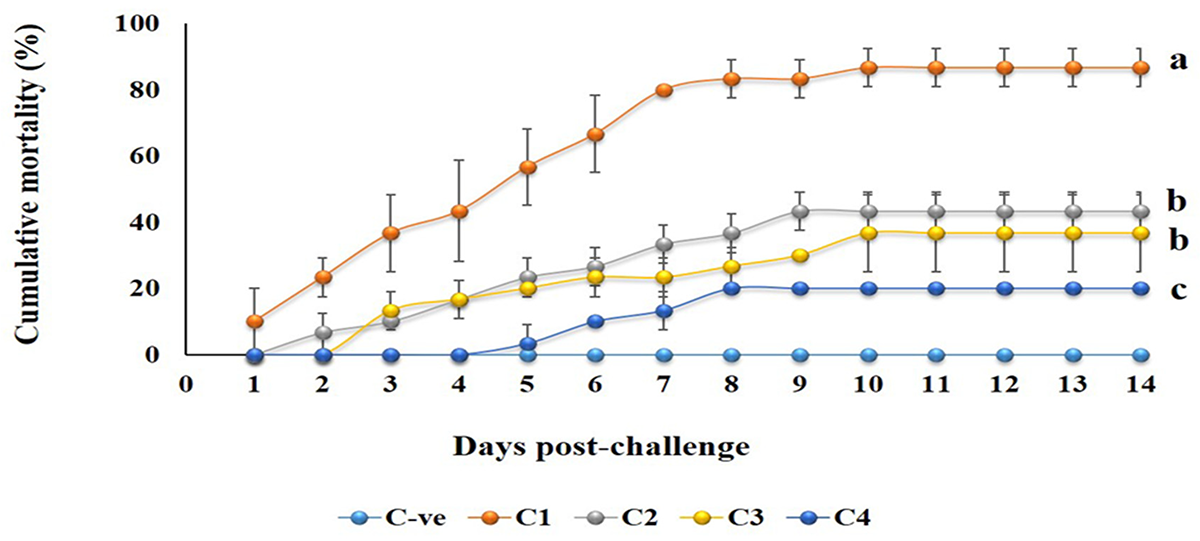
Our shrimp experimentally infected with F. solani showed remarkable clinical signs similar to those of natural infection, which appeared as black to brown-colored gills and collapsed and necrotized gill lamellae, consistent with the previous findings of other researchers. The characteristic lesions may be related to granuloma formation or possibly due to mycotic enzymes and toxins causing severe degeneration of shrimp gills. Following the challenge with F. solani, shrimp fed different levels of β-1,3 GF showed lower cumulative mortality than those fed a normal basal diet. The survival rate was clearly higher for shrimp fed the diet with 1.5 g/kg β-1,3 GF. Our results are consistent with previous studies, where herb administration enhanced the immunity of L. vannamei after one week of dietary inclusion. Based on our findings, β-1,3 GF therapy may be a suitable alternative strategy for controlling fungal infection in shrimp culture systems.
Perspectives
Supplementation with β-1,3 GF has a pronounced effect on the immune response of Pacific white shrimp (L. vannamei) through the enhancement of total hemocytes and immune-related enzymes. The favorable effect of these compounds depends mainly on their content, dosage and days of supplementation. dietary inclusion of β-1,3 GF at an optimum level (1.5 grams per kg diet) in commercial shrimp farms is recommended as it enhances the growth parameters and immune responses, and increases shrimp resistance to invading fungi, especially F. solani.
Our results in this study showed an improvement in the growth, immunity and Fusarium resistance of shrimp following supplementation with β-1,3 glucan at concentrations of 1–1.5 grams per kg. However, the impact of supplementing with β-1,3 glucan over 1.5 grams per kg diet is still not fully elucidated and requires further investigations.
Now that you've reached the end of the article ...
… please consider supporting GSA’s mission to advance responsible seafood practices through education, advocacy and third-party assurances. The Advocate aims to document the evolution of responsible seafood practices and share the expansive knowledge of our vast network of contributors.
By becoming a Global Seafood Alliance member, you’re ensuring that all of the pre-competitive work we do through member benefits, resources and events can continue. Individual membership costs just $50 a year.
Not a GSA member? Join us.
Author
-
Dr. Hala F. Ayoub
Corresponding author
Department of Fish Health and Management, Central Laboratory for Aquaculture Research (CLAR), Agricultural Research Center (ARC), Abbassa 44662, Sharqia, Egypt[109,111,99,46,108,105,97,109,103,64,54,49,114,97,108,99,97,108,97,104,114,100]
Tagged With
Related Posts
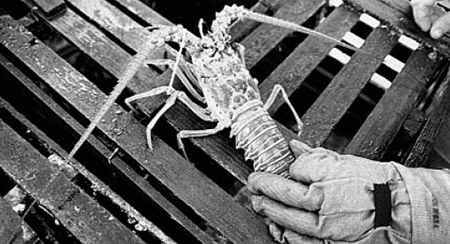
Health & Welfare
Adaptive immunity in invertebrates
Recognizing the possible existence of immunity in invertebrates is important to understand immunological evolution and vaccination strategies.
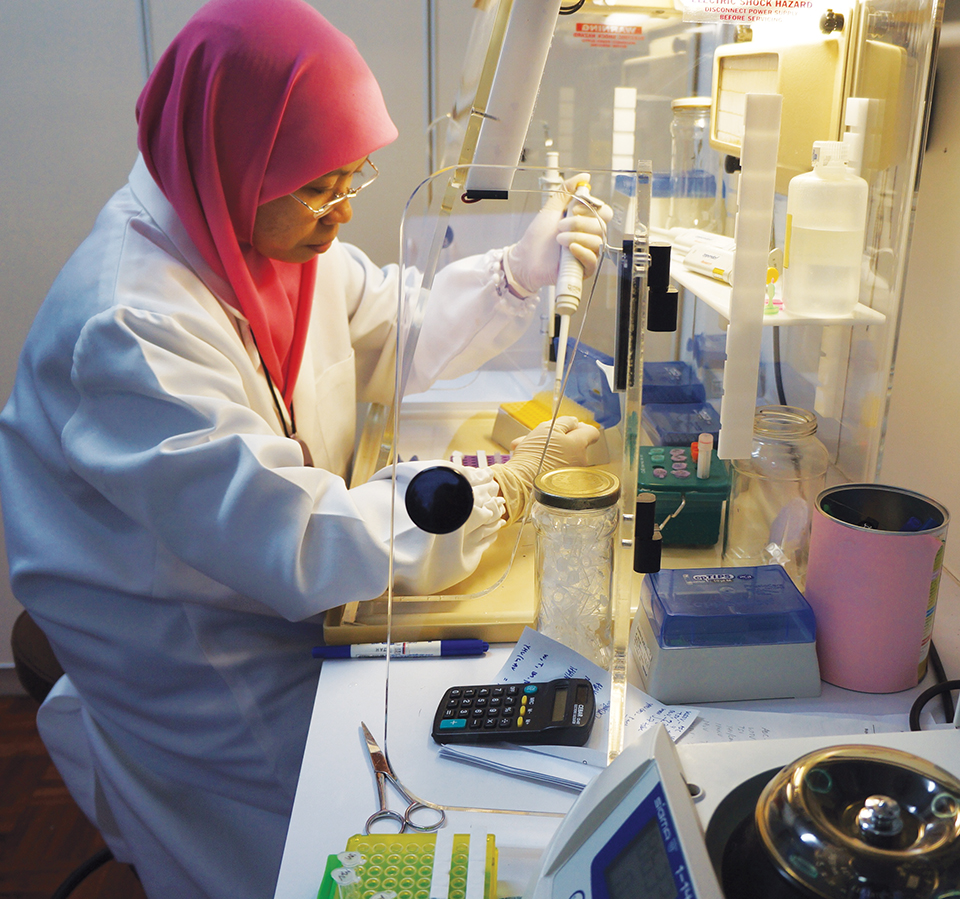
Health & Welfare
Brunei project develops technology for large black tiger shrimp production, part 2
For a five-year project undertaken in Brunei Darussalam to develop advanced technology for production of large black tiger shrimp, a comprehensive disease diagnostic laboratory was developed to enable detection of known and emerging shrimp pathogens by molecular and histological methods.
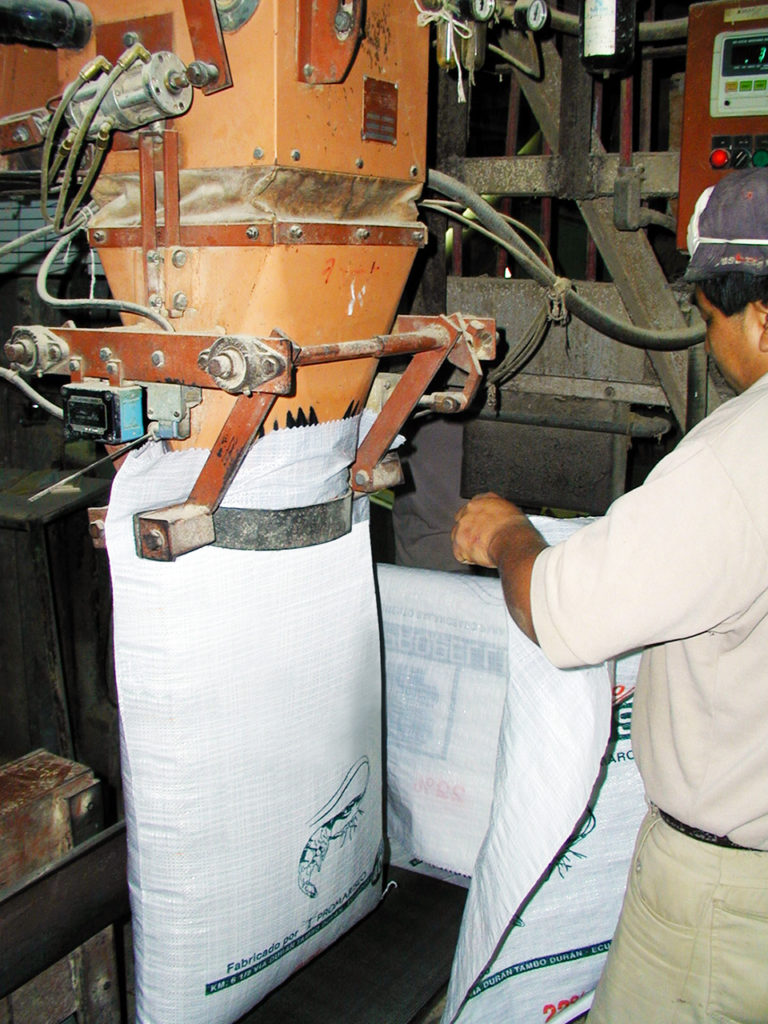
Aquafeeds
Mycotoxins in feed affect fish health, performance
Nutritious and cost-effective aquafeeds can be formulated using high levels of plant feedstuffs. However, this may increase the risk of exposure to mycotoxins.
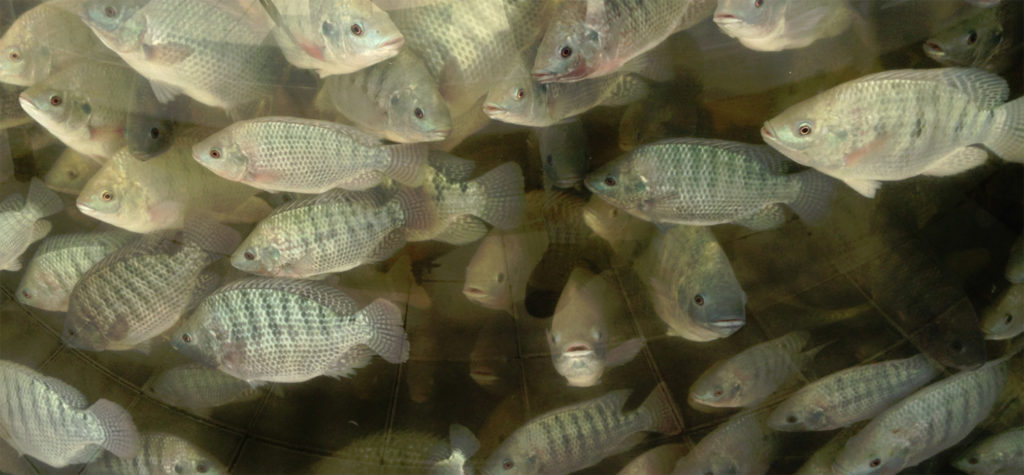
Health & Welfare
Current knowledge about fumonisins in aquaculture
The latest knowledge about fumonisins in aquaculture and the importance of preventing synergistic interactions between different mycotoxins.



